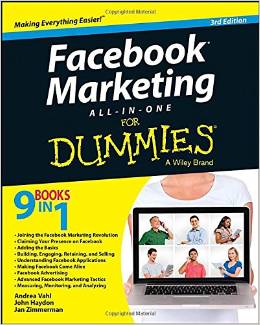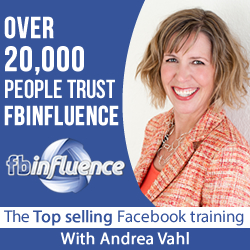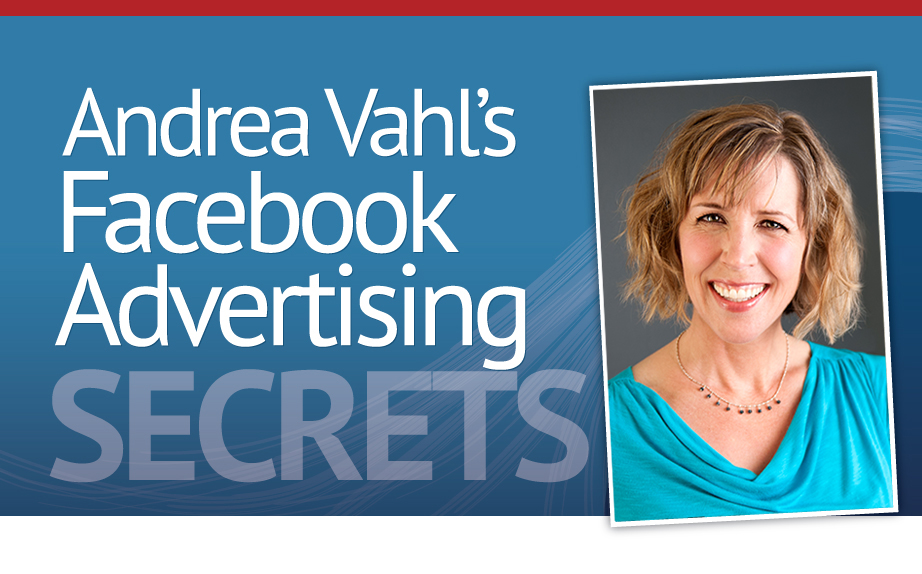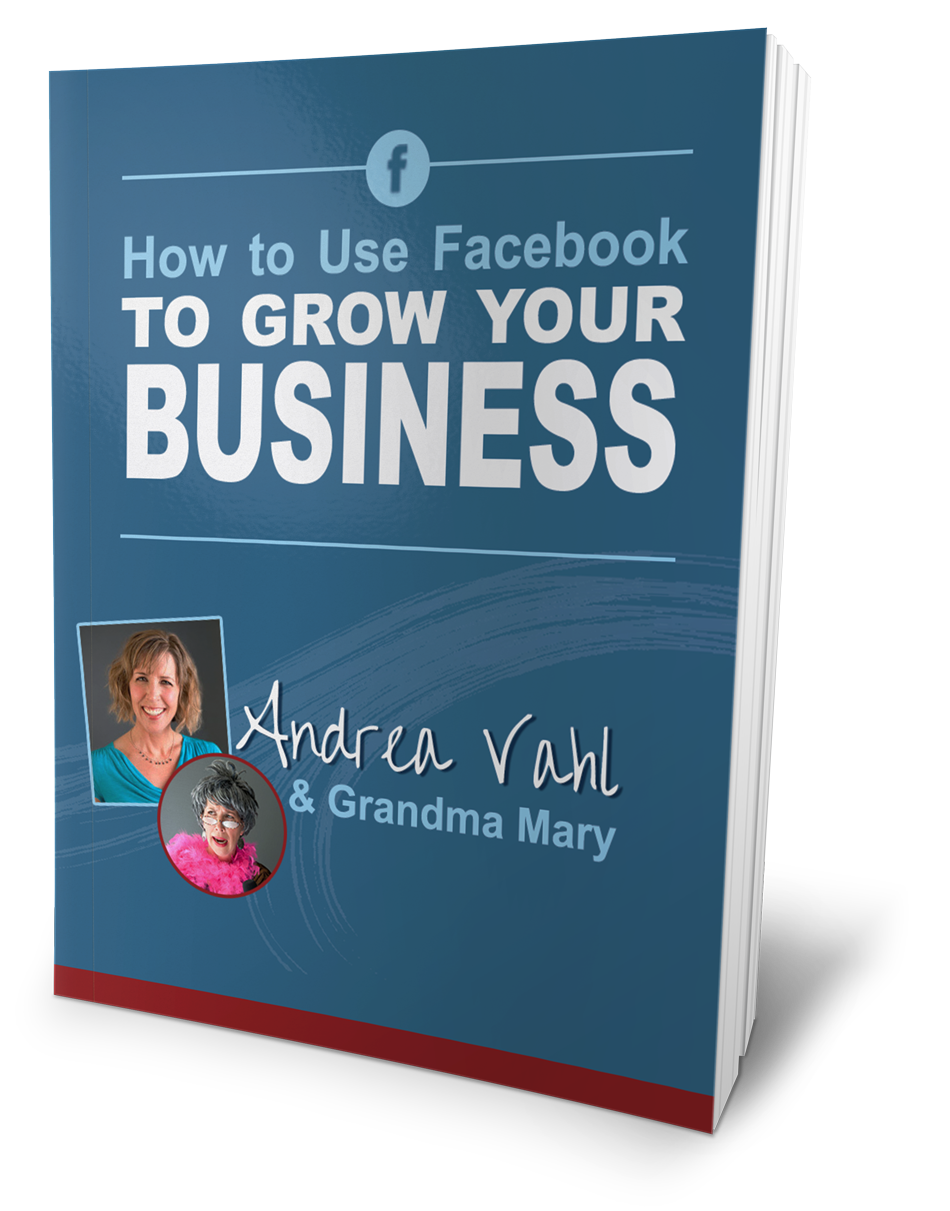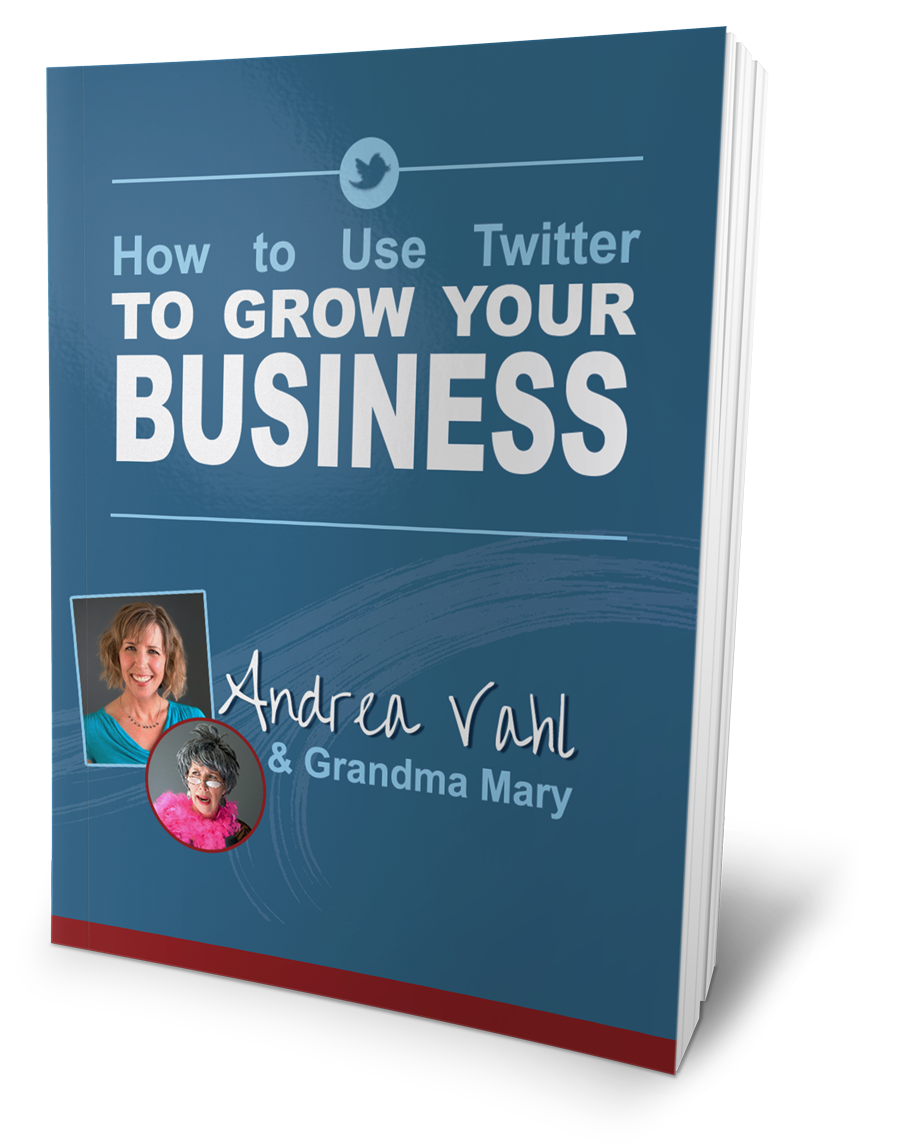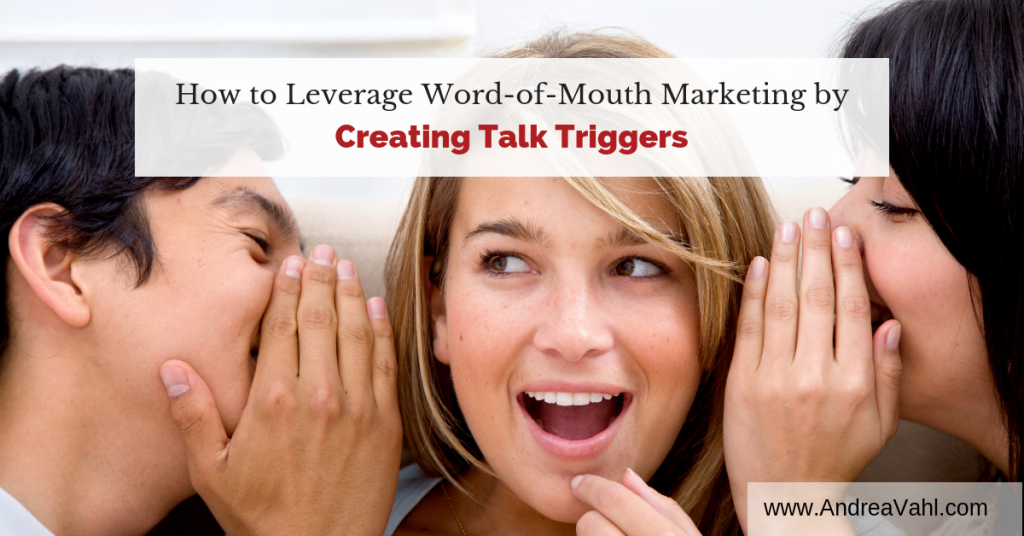
Jay Baer and Daniel Lemin have a new book out called Talk Triggers: The Complete Guide to Creating Customers With Word of Mouth.
I read it and love the concepts in it especially because my career has been helped so much by creating a talk trigger with Grandma Mary Social Media Edutainer. This post is a guest post from them along with a handy infographic.
Determined to Generate Buzz? Stop Giving Away Stuff That Doesn’t Matter
Every business claims it wants to generate buzz. Companies pursue word of mouth doggedly — almost fanatically, in some cases — but they often fail to offer audiences something truly worthy of remark.
Talk triggers are the unique aspects of your company that customers cannot help but share with their friends and family. Whether it’s a seemingly endless menu, a complimentary beverage at your local barber, or a cookie on a hotel pillow, these differentiators literally give your customers something to talk about. And while talk triggers are important for any brand trying to build a following, there is no such thing as a universally beloved differentiator.
Want a concrete example of this happening in the real world (possibly at your very own organization)? Think of all the companies that give away iPads to generate buzz. They think they’re getting customers excited about their brands, but they’re actually doing nothing more than giving Apple a pat on the back. Unless you’re a phone carrier or an electronics distributor, you shouldn’t be using a tablet to build buzz — it’s simply not relevant.
To stand out as a true differentiator, your brand’s talk triggers must be relevant. Too many organizations waste their time, money, and energy creating conversations about things that are completely unrelated to their products and services. Truly savvy companies invest in talk triggers that accurately and faithfully reflect their respective brands.
Avoiding the Standard USP Trap
Of course, relevance means you must first identify or create differentiators that matter to the majority of your core audience. That’s easier said than done. After all, most executives run for the nearest unique selling proposition (USP) when asked to explain the buzz surrounding their companies.
Let’s think about a hypothetical baker. When asked for a talk trigger, she might answer that her bakery offers high-quality products at a reasonable price. That might be true, but the statement is neither unique nor an actual differentiator.
A superior talk trigger would be the fact that her baking team uses flour made with insect-derived protein. It might not appeal to everyone, but the differentiator would definitely resonate with a certain section of potential customers. Instead of coming across as a stale USP, handing out free bug-shaped cookies to anyone who wants to try a taste would make one heck of an impression.
In other words, a free insect-shaped (and packed, I suppose) treat would be far more powerful than an iPad for the bakery. The baked good would build excitement, but it would also faithfully reflect the core of the company — similar to the warm cookies at DoubleTree by Hilton hotels.
Relevance Is Everything
If you’re serious about creating your own talk triggers, ditch your feature-filled USPs. You need more than a well-articulated bullet point to produce chatter; you need something that makes people tweet, invent hashtags, take selfies, and generally gab.
Not sure where to start? Study what happened at FreshBooks, a cloud-based accounting solution.
The company’s co-founder actually generated buzz by accident. During one out-of-town trip, he decided to host a dinner for regional clients of his company’s service. The idea was a hit. Soon, FreshBooks employees were hosting invite-only company dinners — some with more than 100 guests — all over the world. Wherever a “FreshBooker” would travel, he or she would try to organize a special event.
Unlike most USPs, the FreshBooks initiative formed legitimate connections between the corporation and its customers. FreshBooks leadership knew clients had plenty of choices for their accounting needs; these clients stick with FreshBooks, however, because they’re getting more than just great products and services — they’re part of a community that cares.
Looking for an even more radical departure to spark some chatter? Holiday World Theme Park separated itself from the competition by focusing on hydration. The Indiana-based attraction offers guests free water, iced tea, soda, Gatorade, and coffee from hundreds of dispensers throughout the venue (beverages are also free at every restaurant within the park). Considering Six Flags charges about $15 for a refillable cup, Holiday World shows its patrons that it clearly does things differently.
More importantly, Holiday World has managed to differentiate itself in a relevant way. What do visitors crave while standing in line at a theme park? A cold beverage. Holiday World shows that it’s dedicated to keeping its visitors happy and hydrated while they have the time of their lives. Moreover, the park demonstrates its commitment to enabling families to take a vacation without breaking the bank.
A laundry list of differentiators is wonderful, but they won’t do you a lot of good unless they are at least somewhat relevant to your brand. The next time you’re working to come up with reasons for customers to talk about your brand, take a second to make sure each and every talk trigger resonates with the core of your company. Otherwise, you’re just wasting everybody’s time.

This content was inspired by research and case studies contained in “Talk Triggers: The Complete Guide to Creating Customers With Word of Mouth,” the new book from Jay Baer and Daniel Lemin.

